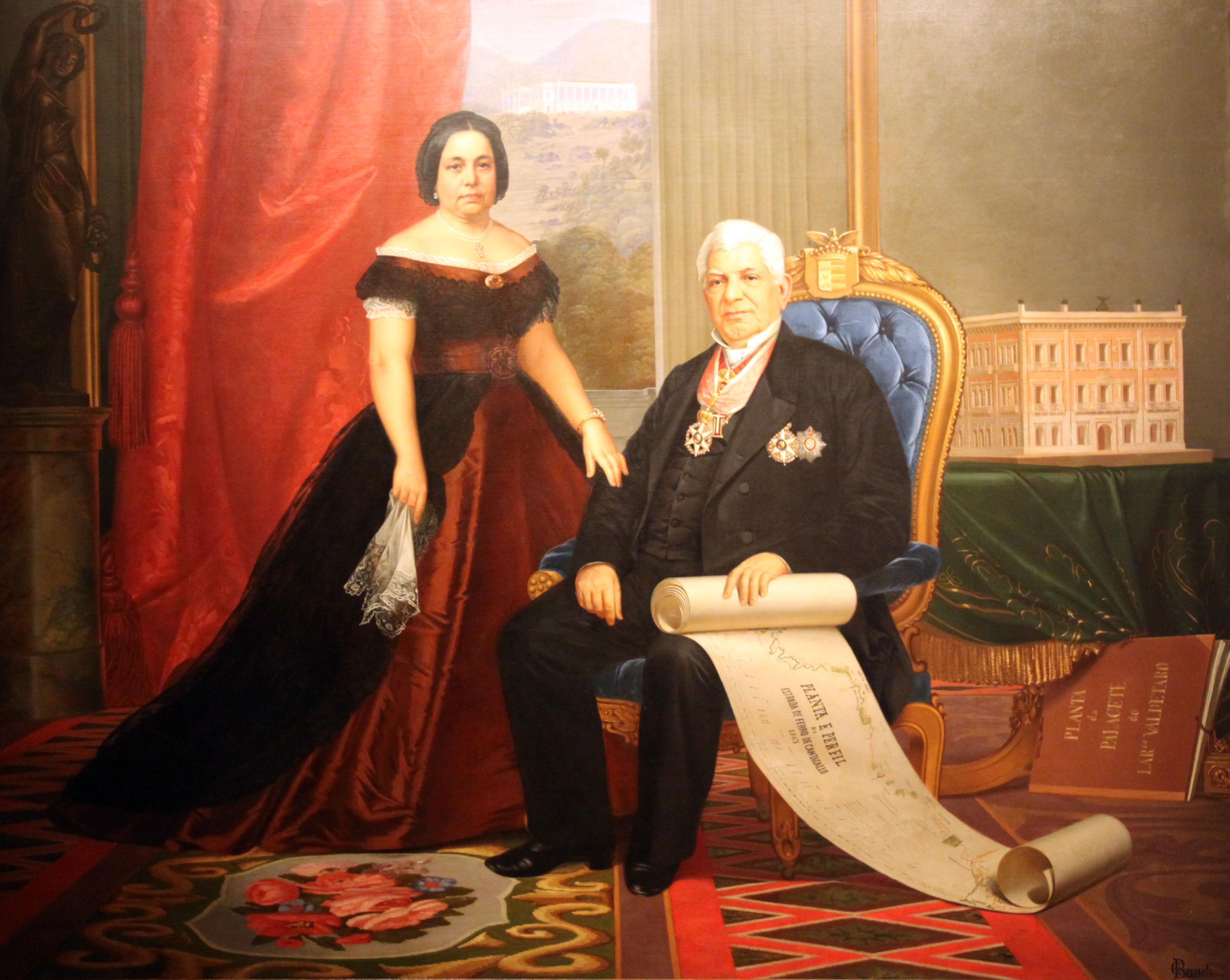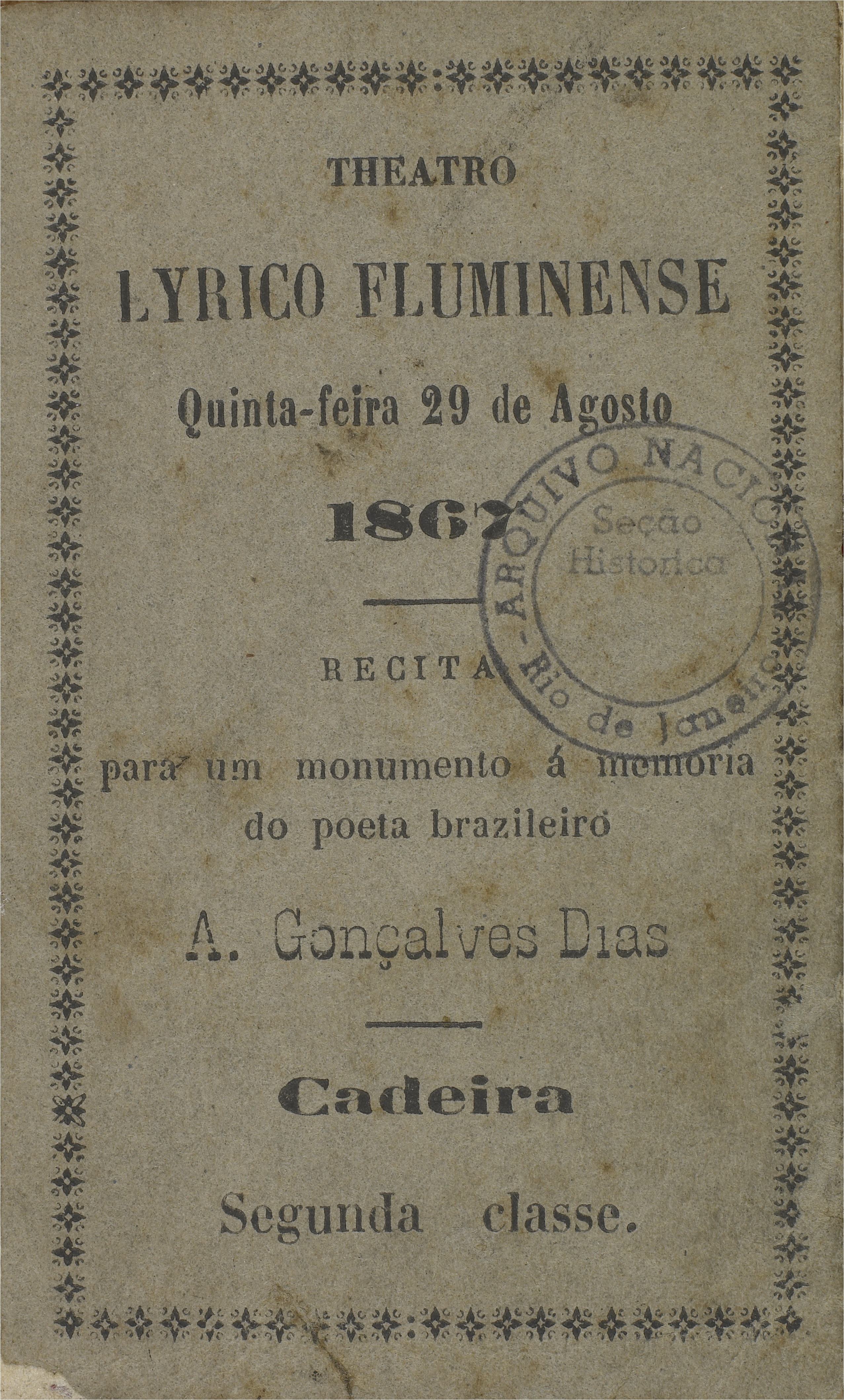|
Timeline Of Rio De Janeiro History
The following is a timeline of the history of the city of Rio de Janeiro, Brazil. Prior to 19th century * 1565 CE ** São Sebastião do Rio de Janeiro founded by Portuguese. ** Fortaleza de São João built. * 1603 - St James of Mercy Fort built. * 1663 - Padre Eterno galleon launched. * 1693 - Calaboose Prison built. * 1736 - founded. * 1743 - Paço Imperial built. * 1750 - Carioca Aqueduct built. * 1752 - founded. * 1763 - Portuguese America administrative center moved to Rio de Janeiro from Salvador. * 1770 - Old Cathedral of Rio de Janeiro consecrated. * 1783 - Passeio Público constructed. * 1792 - Real Academia de Artilharia, Fortificação e Desenho founded. 19th century * 1803 - Paço de São Cristóvão building erected. * 1808 ** City becomes capital of Kingdom of Portugal. ** (royal printing press) begins operating. ** 10 September: '' Gazeta do Rio'' newspaper begins publication. * 1811 - Candelária Church inaugurated. * 1811 - Construction of Valongo Wha ... [...More Info...] [...Related Items...] OR: [Wikipedia] [Google] [Baidu] |
History Of Rio De Janeiro
Several years after the Portuguese first explored Brazil, French traders in search of pau-brasil (a type of brazilwood) reached the rich area extending from the Cape Frio coast to the beaches and islands of Guanabara Bay, the economic and, above all, strategic importance of which was already well-known. Overview In 1555, one of the islands of Guanabara Bay, now called Villegagnon Island, was occupied by 500 French colonists under admiral Nicolas Durand de Villegaignon. Consequently, Villegagnon built Fort Coligny on the island when attempting to establish the France Antarctique colony, which the French called ''Henriville'' in honor of Henry II of France. See also * Timeline of Rio de Janeiro history * History of the city of São Paulo The history of the city of São Paulo runs parallel to the history of Brazil, throughout approximately 469 years of its existence, in relation to the country's more than five hundred years. During the first three centuries since its found ... [...More Info...] [...Related Items...] OR: [Wikipedia] [Google] [Baidu] |
Gazeta Do Rio De Janeiro
''Gazeta do Rio de Janeiro'' was the first newspaper to be published in Brazil. It was printed twice a week. It was pro government for the then Portuguese rulers of Brazil. Its editor was Friar José Tiburcio Rocha. It was renamed Gazeta in 1821 and shutdown after Brazil got Independence Independence is a condition of a person, nation, country, or state in which residents and population, or some portion thereof, exercise self-government, and usually sovereignty, over its territory. The opposite of independence is the statu .... References Defunct newspapers published in Brazil Publications established in 1808 Portuguese-language newspapers 1808 establishments in Brazil Publications disestablished in 1822 1822 disestablishments in Brazil {{Brazil-newspaper-stub ... [...More Info...] [...Related Items...] OR: [Wikipedia] [Google] [Baidu] |
Catete Palace
The Catete Palace ( pt, Palácio do Catete, ) is an urban mansion in Rio de Janeiro's Flamengo neighborhood. The property stretches from ''Rua do Catete'' (Catete Street) to ''Praia do Flamengo'' ( Flamengo Beach). Construction began in 1858 and ended in 1867. From 1897 to 1960, it was Brazil's presidential palace and the site of Getúlio Vargas' suicide. It now houses the ''Museu da República'' (Republic Museum) and a theatre. The Catete underground rail station is adjacent. History The building was built as the residence of family of the Portuguese-born Brazilian coffee producer António Clemente Pinto, Baron of Nova Friburgo, in the then capital of the Empire of Brazil. It was called the Palace of Largo Valdetaro and Palace of Nova Friburgo. With the design of German architect Carl Friedrich Gustav Waehneldt, dated 1858, the work began with the demolition of the old house. The construction officially ended in 1866, but the finishing works still continued for over a decade. ... [...More Info...] [...Related Items...] OR: [Wikipedia] [Google] [Baidu] |
Theatro Lyrico Fluminense
The Theatro Lyrico Fluminense (also spelled as Teatro Lírico Fluminense) was one of the main theatres in Rio de Janeiro, Brazil, during the mid-19th century and was for many years the primary theatre for opera performances in that city. It was demolished on 30 April 1875 to make way for a park. History When the Theatro São Pedro de Alcântara burned down in 1851, Rio de Janeiro was left without a theatre big enough to host the touring European opera, theatre and dance companies that had been performing in the city since the late 1820s. The city decided to build a new theatre as a matter of urgency. The theatre was originally intended to last for only three years, until the Theatro São Pedro de Alcântara could be rebuilt. Its construction was entrusted to a relatively inexperienced contractor, Vicente Rodrigues, and work began on 29 September 1851. Initially called the Theatro Provisório (the Provisional Theatre), it was completed six months later. The contractor held a maske ... [...More Info...] [...Related Items...] OR: [Wikipedia] [Google] [Baidu] |



